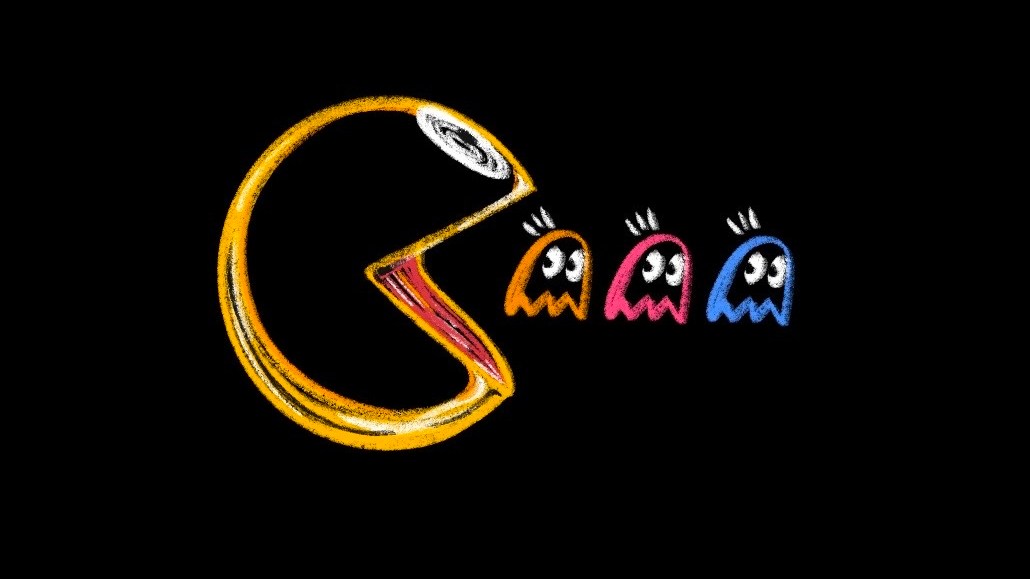Save 50% on a 3-month Digiday+ membership. Ends Dec 5.
Roblox studios begin to consolidate as Super League buys Supersocial

Roblox partner Super League, a metaverse production company, today has acquired fellow Roblox specialist Supersocial, for an undisclosed sum, as it seeks to scale up brand world-building for advertisers.
As Roblox and its ecosystem of studios continue to grapple with proving its advertising potential to brands, analysts and observers believe the deal could signal a coming wave of consolidation among these types of companies.
Super League and Supersocial are members of the Roblox Partner Program, essentially serving as influencer marketing agencies for the Roblox ecosystem. Both companies build custom-branded Roblox worlds and manage brands’ integrations into popular pre-existing experiences on the metaverse platform.
Following Super League’s acquisition of Supersocial, the company will have a combined headcount of approximately 50, with a sales team of between 5 and 10 people, according to Super League president and CEO Matt Edelman, who declined to share specific numbers.
The Roblox combined experiences of Super League and Supersocial now boast an overall scale of 390 million visits and 3 billion advertising impressions across 49 Roblox games, according to Edelman. Historically, Super League has primarily focused on brand integrations within pre-existing games, while Supersocial has focused on building bespoke game worlds. Supersocial’s clients include brands such as Gucci, Walmart and Warner Bros., although Edelman declined to specify exactly which clients Super League would inherit. The Supersocial brand will be dropped.
Consolidation on the horizon
Roblox ecosystem analysts and observers view Supersocial’s acquisition as the beginning of a necessary wave of consolidation in the Roblox space. It’s the third major acquisition of one Roblox inventory holder by another to take place in 2025, following game developer Voldex’s acquisition of the company behind popular Roblox game “Brookhaven” in February and Infinite Reality’s acquisition of Obsess in January. At the moment, there are 20 agencies in the Roblox Partner Program, including Supersocial, and at least 90 developer studios are currently building Roblox experiences or integrations for brands, according to the data platform GEEIQ, which tracks the performance of brand activations on metaverse platforms.
“We’ve seen consolidation across the gaming and esports team landscape over the last few years due to unrealistic valuations and expectations,” said Chris Mann, svp of the gaming marketing agency REVXP. “In the case of Roblox studios/agencies, this trend will likely continue, with those that succeed differentiating themselves through both unique, quality work, pricing and client communications.”
This consolidation is the result of a confluence of factors that have been building on and off Roblox for the past year. The ecosystem has more active studios than ever, driving up competition across the board. At the same time, brands’ spending on individual activations has declined, according to GEEIQ CEO Charles Hambro, who has handled requests for proposals for advertisers such as Walmart as they look to enter the Roblox ecosystem. Furthermore, brands are widening how they spend on Roblox, increasingly favoring its homegrown ad products and brand integrations rather than full-service branded worlds, even as more advertisers dip their toes into the Roblox pool, he added.
Historically, Roblox studios were the only way for advertisers interested in the platform to connect with individual creators. Nowadays, marketers have more options, and creators are building their own direct relationships with brands. Instead of paying a million dollars for a custom-branded world, studios are breaking their spend into smaller amounts, spending hundreds of thousands on specific integrations or Roblox ad campaigns. As a result, studios have been forced to pivot and consolidate in an attempt to survive.
“A lot of these studios were used to charging a certain price, and they built their business models around charging that certain price,” Hambro said. “Now, it’s starting to not really work with what the market rate is, in terms of what a brand is willing to spend.”
Roblox studios are shaping up to be the new MCNs
In 2025, Roblox studios such as Super League and Supersocial are beginning to resemble the multi-channel networks (MCNs), which rose to prominence during YouTube’s early growth in the 2010s. Like YouTube’s MCNs, Roblox studios arose to help form a bridge between creators, advertisers and the platform.
“There are parallels between what happened on YouTube and what happened on Instagram and TikTok, and influencers [in general],” Hambro said. “And brands are starting to see that: ‘Roblox is a social media platform, and Fortnite is a social media platform, so we should be working with creators like we do on these other platforms.’”
In the mid-2010s, the MCN ecosystem underwent a significant consolidation as the digital video economy evolved and the fundamental value they offered became obsolete, with larger networks absorbing smaller networks and major media companies snapping up the MCNs that remained. Roblox and metaverse-focused digital studios may soon face their own reckoning.
“I think consolidation makes sense, in terms of being strong enough to be able to withstand the ups and downs [of brands’ interest in Roblox] before this thing really takes off,” said Stephen Dypiangco, a Roblox brand consultant and writer of the Roblox industry newsletter Max Power Gaming, who worked within YouTube’s MCN ecosystem.
Some Roblox studios are already differentiating themselves by focusing on brand activations in specific categories or niches. Sawhorse, for example, has established itself as a leading studio for Hollywood entertainment brands looking to enter Roblox, while The Gang has built strong connections with companies in the sports industry. As both Roblox and creators build closer relationships with advertisers, Roblox studios will need to continue adjusting their offerings to more clearly demonstrate their value within the broader ecosystem.
“I don’t think that brands wanting to reach young people via gaming is going away anytime soon; that’s only going to grow,” Dypiangco said. “But what those companies look like who service brands — and how much that will change — remains to be seen.”
More in Media

AI-powered professional learning and the battle vs. ‘workslop’: Inside Deloitte’s Scout
Deloitte last month launched Scout as part of its Project 120, the company’s $1.4 billion investment in professional development.

‘The Big Bang has happened’: Reach gets proactive on AI-era referrals, starting with subscriptions
This week, the publisher of national U.K. titles Daily Mirror, Daily Express and Daily Star, is rolling out its first paid digital subscriptions – a big departure from the free, ad-funded model it’s had throughout its 120-year history.

Arena Group, BuzzFeed, USA Today Co, Vox Media join RSL’s AI content licensing efforts
Arena Group, BuzzFeed, USA Today Co and Vox Media are participating in the RSL Collective’s efforts to license content to AI companies.








